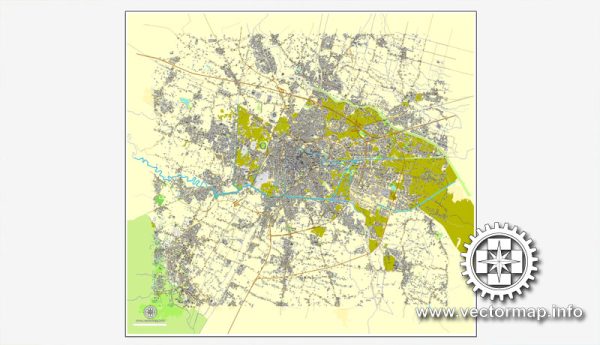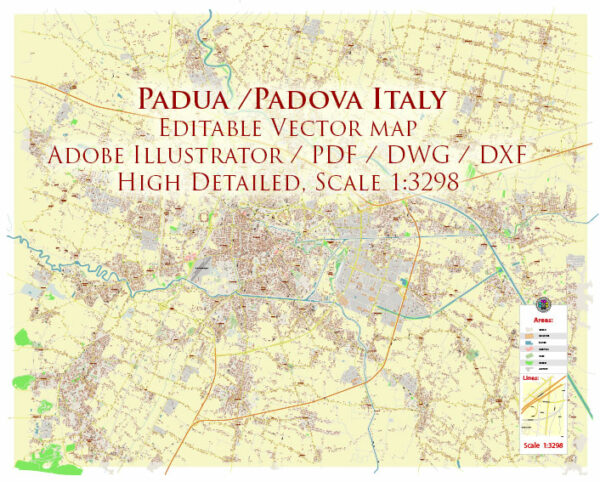Padua, a charming city located in the Veneto region of northern Italy, boasts a rich architectural heritage that reflects its long history and cultural significance. Here’s a description of the architecture you can find in Padua:
- Historical Buildings:
- Palazzo della Ragione: This medieval palace, built in the 13th century, is a symbol of Padua’s historic architecture. It features a massive hall with a high wooden ceiling and an impressive fresco cycle.
- Palazzo Bo: Part of the University of Padua, this building is an excellent example of Renaissance architecture. The university was founded in 1222 and has beautiful courtyards and a renowned Anatomy Theatre.
- Basilica of Saint Anthony: This grand basilica, built in a mix of Romanesque and Byzantine styles, is one of the most important religious sites in the city. It features a magnificent domed structure and houses the tomb of Saint Anthony.
- Churches:
- Duomo di Padova: The Padua Cathedral, also known as the Duomo, is a beautiful example of Romanesque architecture with elements of Gothic. It houses important artworks and is known for its stunning baptistery.
- Santa Sofia: This is an ancient church that dates back to the 10th century. It features a Romanesque style façade and is one of the oldest religious buildings in the city.
- Venetian Influence:
- Palazzo del Capitanio: Built during the Venetian rule, this palace is a fine example of Venetian Gothic architecture. It features a stunning façade with intricate details.
- Loggia Amulea: This is another Venetian-style building with a loggia (arcade) that is often used for events and public gatherings.
- Piazze and Bridges:
- Prato della Valle: One of the largest city squares in Europe, it features a central island with statues and a water canal, bordered by elegant buildings.
- Ponte San Lorenzo: This charming bridge, with its graceful arches, is one of the picturesque bridges that span the various waterways running through Padua.
- Modern Architecture:
- Padua also has modern architectural elements, especially around the university campus and newer developments. These buildings blend contemporary design with the city’s historic surroundings.
Overall, Padua’s architecture represents a rich tapestry of different styles and eras, from medieval and Renaissance structures to the influence of Venetian architecture. This diversity reflects the city’s cultural and historical significance, making it a delightful place for architectural enthusiasts and history buffs alike.



 Author: Kirill Shrayber, Ph.D.
Author: Kirill Shrayber, Ph.D.